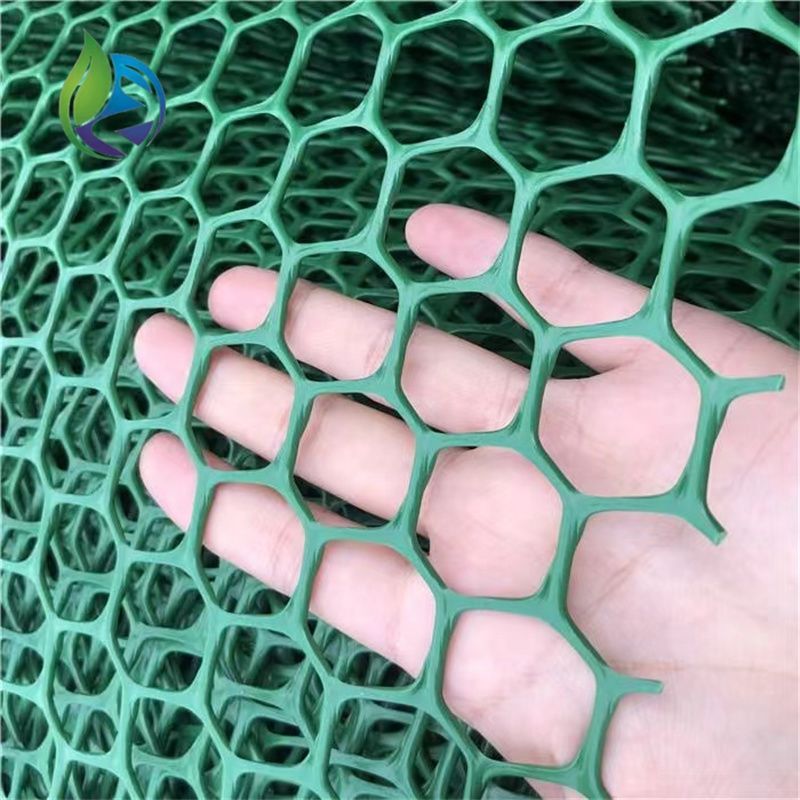Geonet ,a Widely Used Geotechnical Product
In the world of modern civil engineering, geonet has emerged as a widely used geotechnical product known for its unmatched drainage capabilities, structural resilience, and versatility across a wide range of applications. Whether you’re dealing with landfills, highways, retaining walls, or mining projects, geonet plays a critical role in drainage, filtration, and erosion control—making it an indispensable tool for engineers worldwide.
Let’s explore what makes geonet, a widely used geotechnical product, the go-to solution for complex soil and water management challenges.
? What is Geonet?
Geonet is a geosynthetic drainage layer, typically made of HDPE (High-Density Polyethylene), designed with a net-like three-dimensional structure. Its primary function is to transmit fluids or gases in the plane of the fabric, making it ideal for drainage in geotechnical systems.
Unlike traditional gravel layers or sand backfills, geonet is lightweight, easy to install, and provides consistent drainage performance even under heavy loads.
✅ Think of geonet as the “veins” of infrastructure—carrying water away to maintain stability and longevity.
? Key Benefits of Geonet in Geotechnical Applications
✅ High Drainage Capacity
With its open structure, geonet allows for rapid horizontal flow of liquids—making it ideal for leachate collection systems and roadway subdrainage.
✅ Chemical & Biological Resistance
HDPE geonet resists biological degradation, acids, alkalis, and common industrial chemicals.
✅ Cost-Effective Alternative
Replaces thick aggregate drainage layers, reducing transportation and labor costs significantly.
✅ Flexible and Durable
Conforms to the ground surface without breaking or puncturing, even in rugged environments.
✅ Eco-Friendly
Manufactured from recyclable materials with minimal environmental impact during installation.
?️ Where is Geonet Used?
Geonet, as a widely used geotechnical product, supports critical infrastructure in:
?️ Landfills – leachate drainage, gas venting layers
? Highways & Railways – subsurface drainage to prevent erosion
?️ Retaining Walls & Slopes – to relieve hydrostatic pressure
?️ Mining Sites – containment of contaminated fluids
?️ Tunnels & Basements – waterproofing and water management
? Green Roof Systems – ensuring excess water drains effectively
? Pro tip: Combine geonet with a geotextile filter fabric for added filtration and protection.
? Technical Specifications (Typical Values)
Material: HDPE (UV-stabilized, virgin or recycled)
Structure: Biplanar or triplanar mesh
Thickness: 4–10 mm
Flow Rate: Up to 25 l/m·s under 20kPa
Roll Width: 2m–4m
Roll Length: 30m–100m
Custom Sizes: Available on request
?️ Installation Tips
Ensure a clean, level subgrade before laying the geonet.
Overlap adjacent rolls by 10–20cm and use heat welding or sealing tape where necessary.
Combine with geomembranes or geotextiles for enhanced performance in harsh conditions.
Anchor properly along slopes to prevent sliding.
? Real-World Feedback
@SiteSolutionsGroup
“We’ve used geonet in over 15 landfill projects. Its drainage performance under heavy loads is unmatched. Reliable and easy to deploy.”
@GeoTechEngineerLiu
“Switching to geonet instead of gravel backfill has saved us thousands in excavation and transport. It’s now standard in our slope design packages.”
@EcoInfraDesigns
“Geonet is essential for our green roof systems. It keeps water moving while protecting waterproof membranes from root intrusion.”
? Sustainability Advantage
More than just functional, geonet supports sustainable infrastructure:
? Less excavation and quarrying
♻️ Made from recyclable HDPE
?️ Reduced CO₂ emissions during transport and handling
? Long lifecycle = less replacement = less waste
✅ Why Geonet Remains a Top Choice
If your project demands:
Efficient subsurface drainage
Long-term durability under compression
Easy transport and fast installation
Reduced environmental footprint
Certified geotechnical reliability
…then geonet, a widely used geotechnical product, is exactly what you need.
? Popular Questions From Our Community
Q: Can geonet be used beneath geomembranes?
A: Absolutely. In fact, geonet is commonly used under geomembranes in landfill liners to facilitate drainage.
Q: Is geonet suitable for steep slopes?
A: Yes—especially triplanar geonets, which provide superior shear resistance and drainage under pressure.
Q: How does geonet compare with geogrids or geotextiles?
A: Each serves a unique function. Geonets excel at fluid transmission, while geogrids reinforce soil and geotextiles filter particles.
? Ready to Upgrade Your Drainage System?
Looking for reliable geonet supply with international shipping, custom specifications, or bulk pricing?
Let’s talk. Our team of geotechnical specialists is ready to help you find the perfect solution.
✉️ Get a free sample. Request a quote. Book a consultation.
You’ll see why geonet continues to lead as a widely used geotechnical product in engineering around the world.





